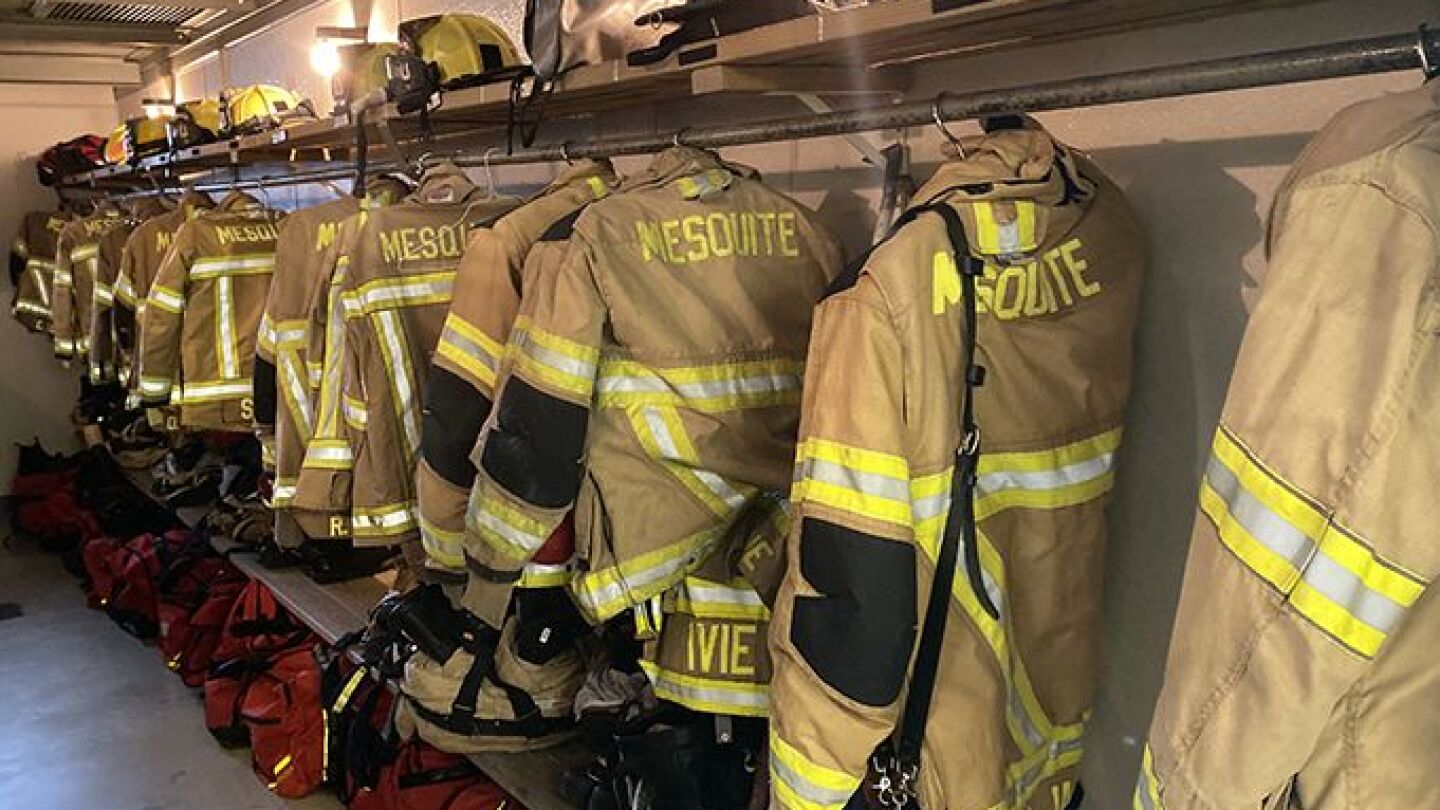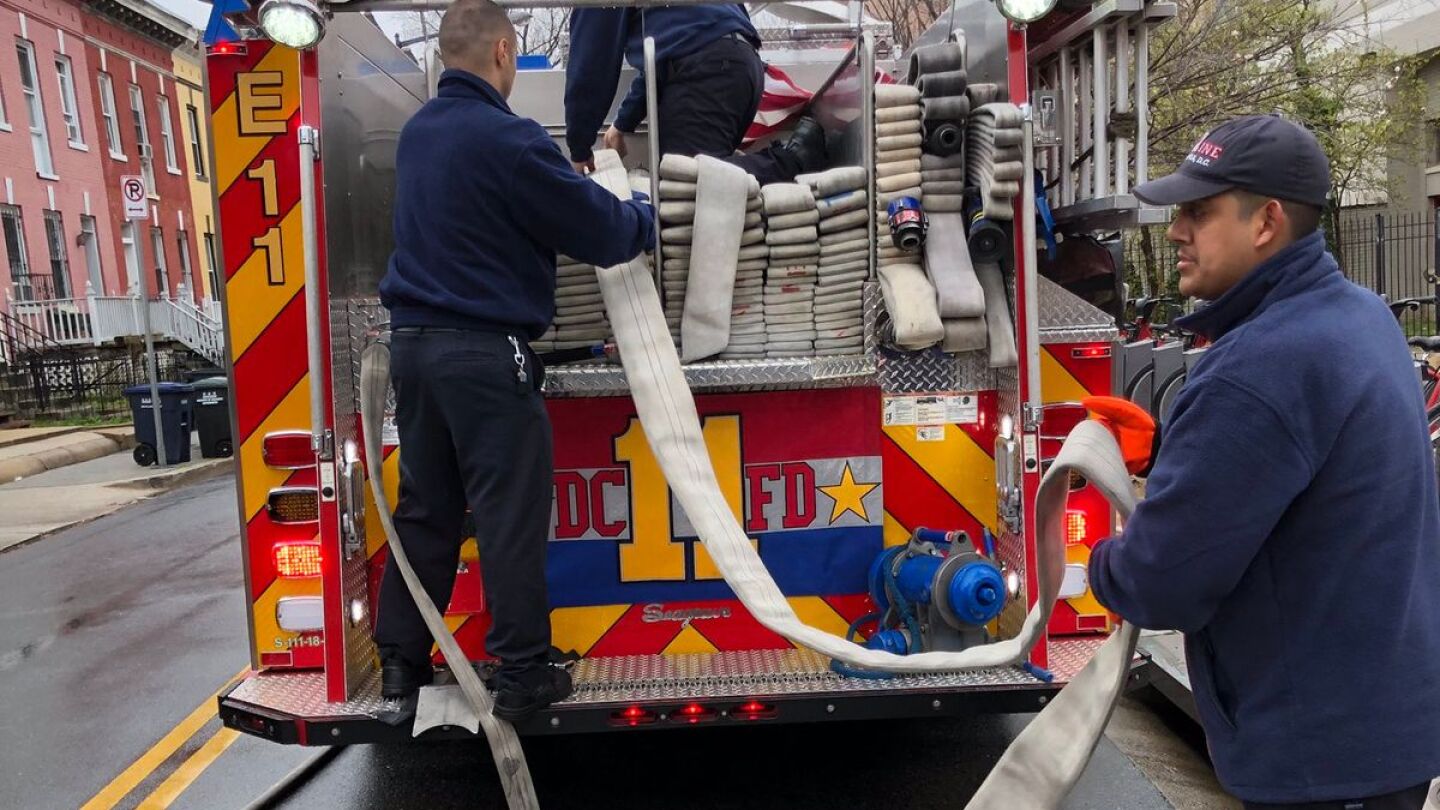National Fire Protection Association (NFPA)
The National Fire Protection Association is a global self-funded nonprofit organization devoted to eliminating death, injury, property and economic loss due to fire, electrical and related hazards. The NFPA delivers information and knowledge through more than 300 consensus codes and standards, research, training, education, outreach and advocacy. The FireRescue1 NFPA topic includes articles and exclusive columns and videos about NFPA certification, standards and updates you need to know.
Chiefs John Butler and Otto Drozd explain the unique influence of the association and why it’s leading the fire service
The effort aims to educate the public and rally support for legislation protecting the independent code development process
From this year’s theme to evergreen materials to share with your community, here’s your complete guide to Fire Prevention Week — past, present and future
Despite drastic technological advances over the decades, firefighter PPE remains relatively unchanged
On-scene rehab is vital to firefighters’ health; here’s how firefighters can set aside a week to focus on rehab
Chiefs should be knowledgeable about key community risks and operational deployment data
The Coker Volunteer Fire Department was gifted gear that has passed its 10-year shelf life, per NFPA standards followed by donating departments in the Northeast
Tips for instructing firefighters via coaching on the training ground, teaching in the classroom or virtual platform, or presenting with PowerPoint
Studying this model can help fire service leaders strengthen their personal process toward affecting cultural change
A sample self-guided program serves as a model for new firefighters learning the ins and outs of life safety-focused NFPA 1035
The program scheduled for June 20-26 seeks to bring attention to post-incident physical and psychological health
Know the program priorities, application details, and eligibility requirements for both hiring and recruitment and retention activities
More importantly, what will you do to focus on cancer awareness and prevention throughout the year?
A detailed look at how to properly care for your PPE, with focus on helmets and protective hoods
While COVID deaths will push 2020 counts high, “legacy” LODDs continue to drop
Increased fire service diversity in response operational hazards is not easily met with a one-size-fits-all PPE solution
Fire service researchers evaluate impact of laundering on tear and seam strength, THL and TPP, flammability, and liquid and viral penetration
A simple checklist helps fire service leaders evaluate PPE technology and cleaning claims
Survey reveals one-third of departments don’t train on EV fires, half don’t have SOGs for them
15 tools to incorporate into a high-rise standpipe kit to ensure effective operations at these high-risk incidents
Guidance for an apparatus committee charged with developing specifications for a new pumper
Tips for departments seeking alternatives to traditional gear
Detailing situational awareness, size-up and firefighter orientation during this vital operation
Seeking a new design approach that focuses on preventing contamination in the first place, plus allowing for effective decon
Using a ‘personal 360’ can help minimize the mistakes that compromise the public’s trust in the fire service
The Mesquite (Texas) Fire Department focused on turnout gear additions and cleaning, SCBA scrubbing and exhaust removal
Review NFPA 1901, define the pumper’s mission, calculate weight, consider pump types and CAFS, and more
How fire departments are managing staffing, non-response services, purchasing and travel impacts, plus decisions related to grant funding
Five steps fire departments can share with their communities to minimize wildfire risk
Last year was also the first year since 1977 with no multiple-fatality incidents, according to the NFPA’s report released this week
The National Fire Protection Association reports that nearly half of all home fires involve cooking equipment
A firefighter’s guide to building loads, forces and hazards
Detailing VR options, advantages and how this new tool can complement live-fire training



































